As PEC’s deputy director of land use, I am writing to let you know about several local issues that have both regional and national implications. Put simply, the rural area of Prince William County, also known as the “Rural Crescent,” is under threat. Three different proposals are being considered, each unique in scope, but together represent the urbanization and industrialization of the remaining rural lands in Prince William County.
Historic preservation
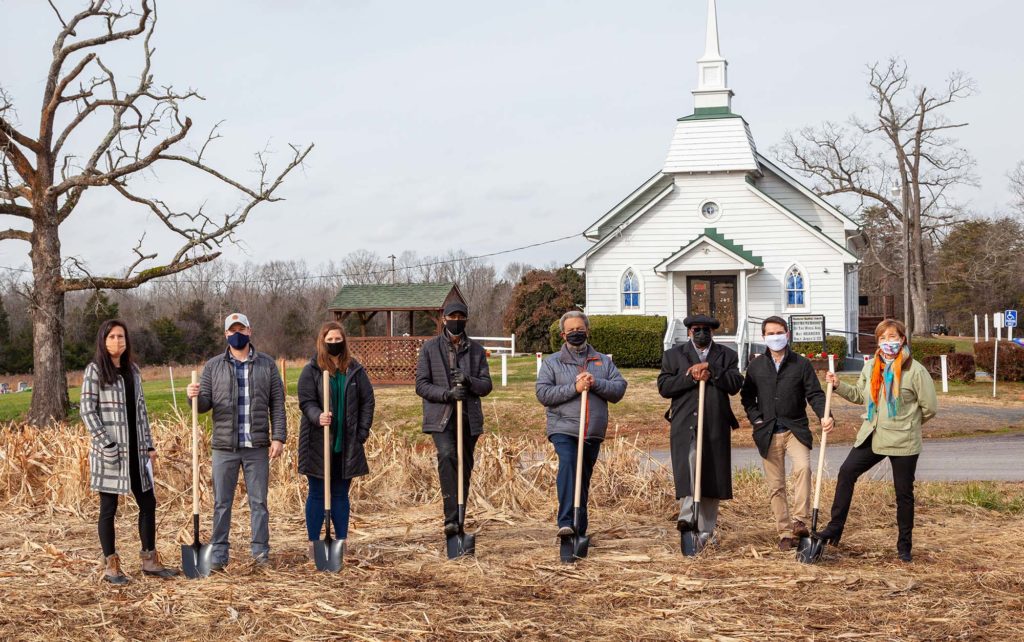
New monument to honor United States Colored Troops and African American contributions in Culpeper County
While a national reckoning with the impacts of long-standing Confederate symbolism has brought about the sweeping removal of many Civil War statues across the commonwealth, at 11:30 a.m. on Saturday, Nov. 6, just ahead of Veteran’s Day, a new Civil War monument will rise up in Culpeper County, Virginia. Along Madden’s Tavern Road near the once-booming crossroads of Routes 610 and 724, this granite obelisk will memorialize the ultimate sacrifice of three veterans, United States Colored Troops (USCT) who were captured and executed by 9th Virginia Cavalry troops just 300 yards away on May 8, 1864.
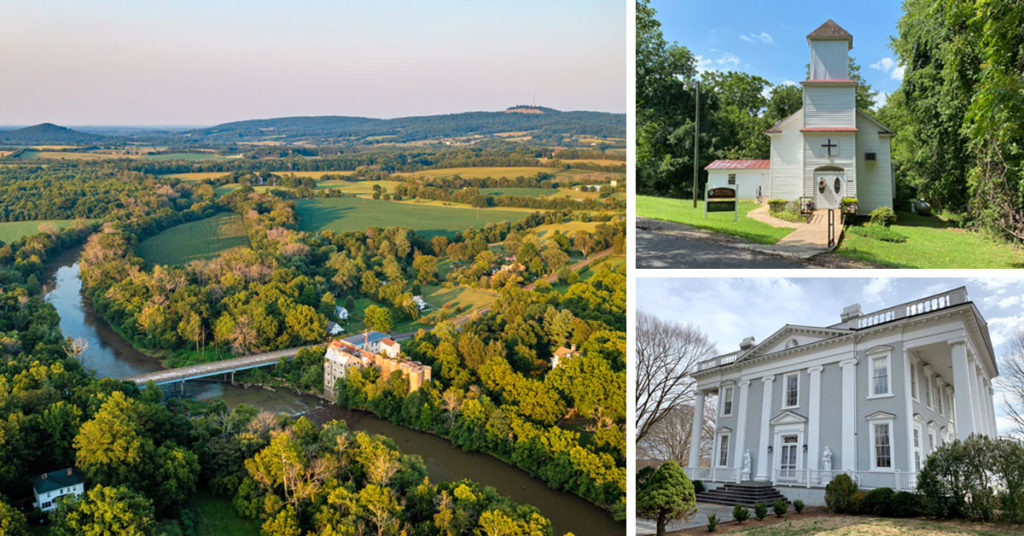
Learn About the Proposed Rapidan River – Clark Mountain Rural Historic District
On Thursday, Nov. 4 at 5:30 p.m., PEC hosted a virtual community meeting to learn about the proposed Rapidan River – Clark Mountain Rural Historic District and our work to get it listed on the Virginia Landmarks Register and the National Register of Historic Places.

Moving the Needle
Read about the next generation making a difference in key PEC programs.
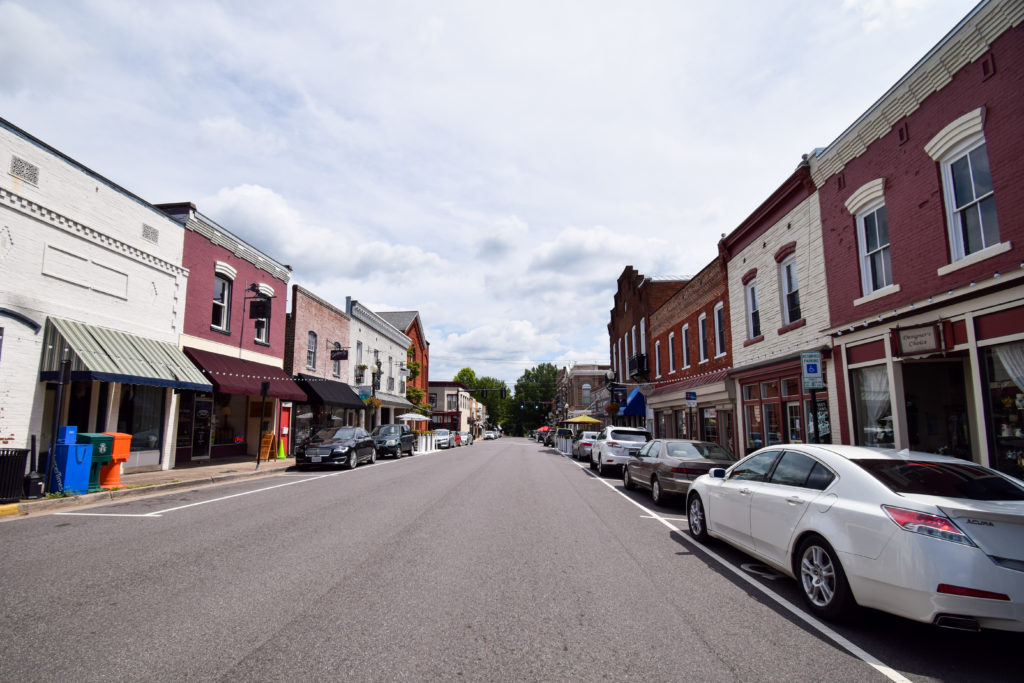
Historic Districts
PEC has a long track record of working to create historic districts throughout our nine-county service area in an effort to bring communities together to think about the long-term protection of their unique cultural and historic assets.
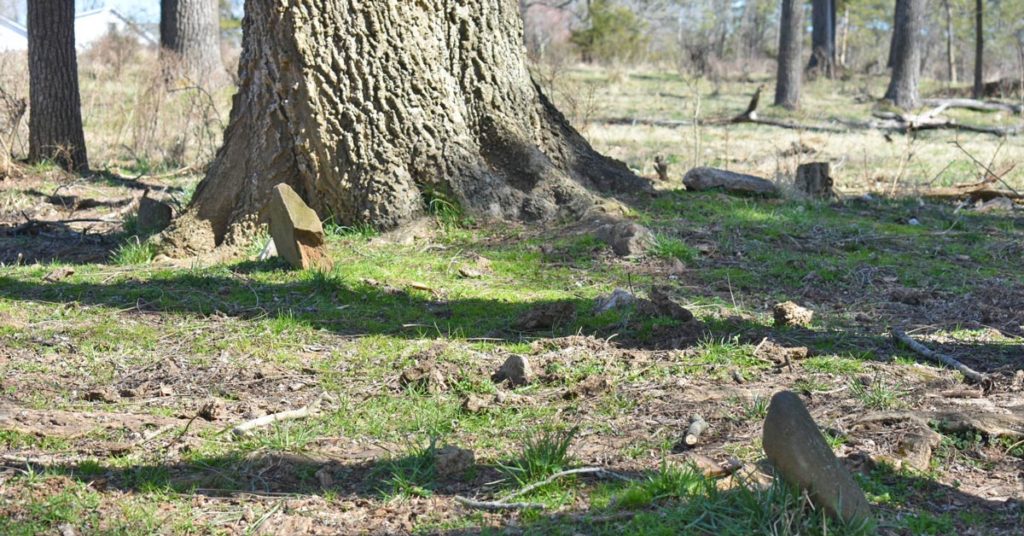
Undocumented Cemeteries & Burial Grounds
A severe lack of documentation contributes greatly to the loss of cemeteries and the stories they represent. We need your help!

Story Map Brings History to Light
In 1860, free and enslaved African Americans made up half of Fauquier County’s entire population. Black communities like Morgantown, two miles south of Marshall and where Afro-American Historical Association of Fauquier County President Karen Hughes White and Board Member Angela Davidson were raised, grew out of emancipation. They held powerful meaning as community centers where African Americans could freely do what they could not when they were enslaved: worship, conduct commerce, obtain education, own land.
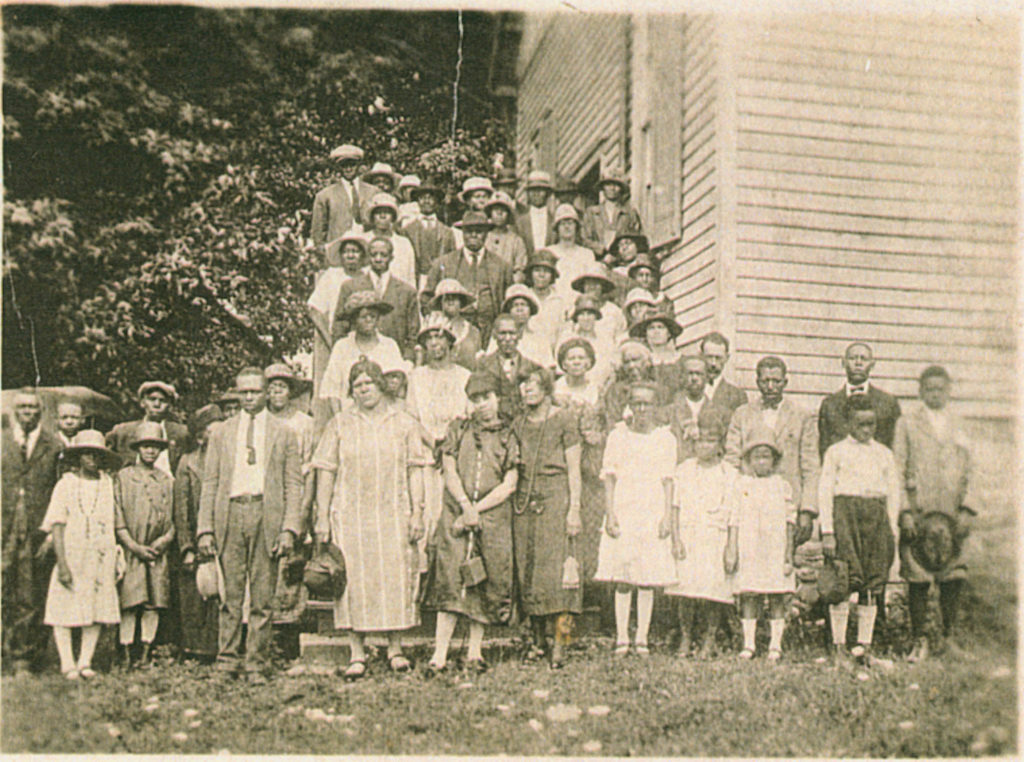
Story Map Project: Fauquier’s Historic African American Communities
The interactive story map, visible at www.aahafauquier.org/storymap, includes a map of Fauquier County with points locating African American schools, churches and communities. Visitors can click on each point to see a photo and read a short description. A “read more” cue takes visitors to an interactive webpage with additional history and photographs.
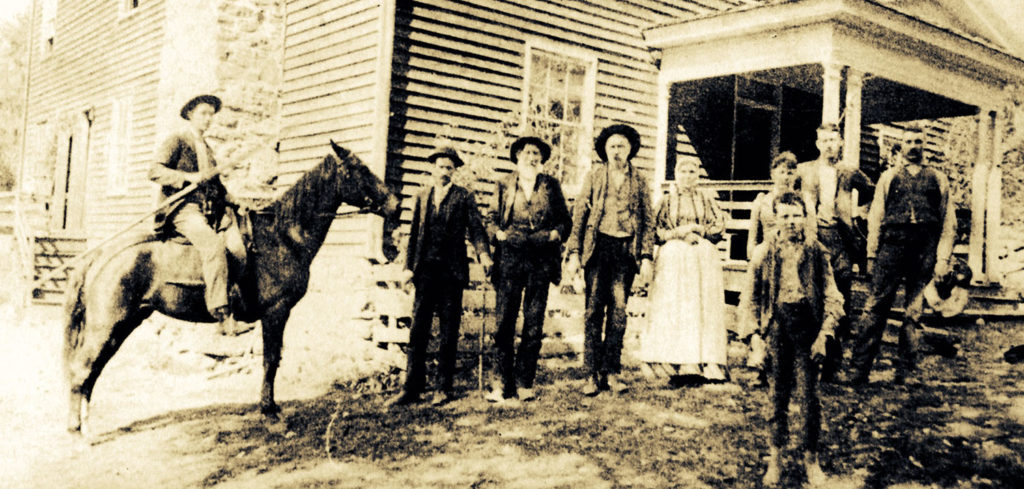
Historic Rappahannock County Property Records Related to Shenandoah National Park Creation are now Available to the Public
In partnership with James Madison University, and with funding from supporters including William Dietel and Jennifer Manly, The Piedmont Environmental Council (PEC) has completed the digitization of thousands of legal documents related to the Commonwealth’s 1930s-era condemnation of private lands in Rappahannock County for the creation of Shenandoah National Park (SNP).

Creating a Digital Record – The Formation of Shenandoah National Park
Read about an effort to digitize the thousands of legal documents related to the condemnation of private land within eight counties for the creation of the Shenandoah National Park. The goal is to make all of the deed book records, court proceedings and individual condemnation case files publicly accessible and searchable via an online database. The effort will forever memorialize the sacrifice made by so many, for the creation of a national resource we all enjoy today.


